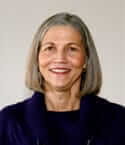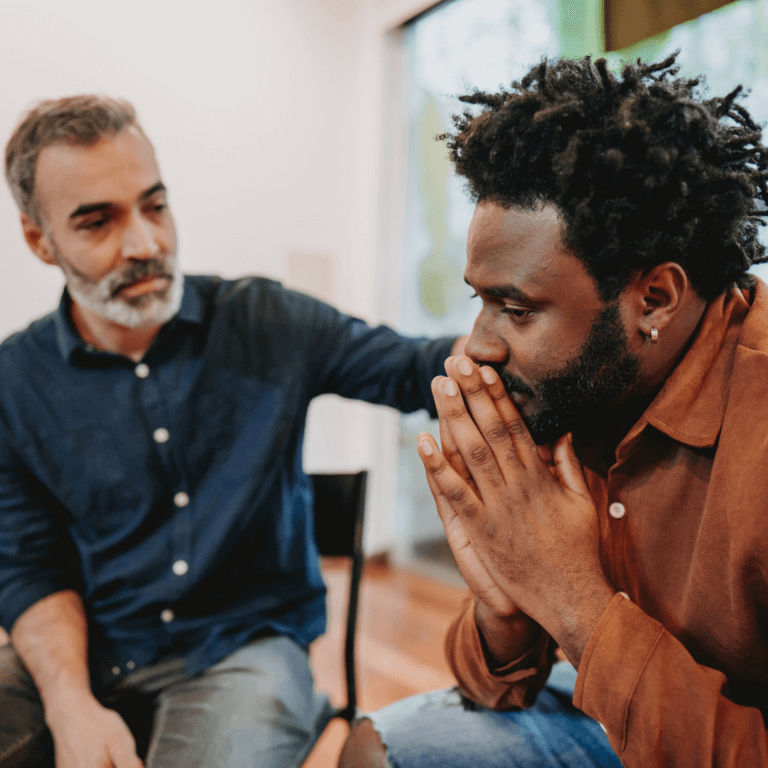Ashley’s Pain Recovery Program
 Pain is the most common presenting symptom in medicine, as it affects more than 100 million Americans. It seems too little is known about how traditional pain management differs from pain recovery treatment modalities. We’ve asked our SVP and Chief Medical Officer, Dr. Bernadette Solounias, to describe pain, how it affects a person, and what makes our approach to treating pain so effective.
Pain is the most common presenting symptom in medicine, as it affects more than 100 million Americans. It seems too little is known about how traditional pain management differs from pain recovery treatment modalities. We’ve asked our SVP and Chief Medical Officer, Dr. Bernadette Solounias, to describe pain, how it affects a person, and what makes our approach to treating pain so effective.
Our nervous systems have a built in alert system that tells us when there is damage or threat of damage to our tissues. This is called PAIN. There are two types of pain, acute and chronic. Acute pain is time-limited and is associated with tissue injury such as bone fractures, cuts, surgeries, tooth infections; the pain resolves gradually with healing. Sometimes pain persists even after there is complete healing and the warning function is no longer needed. This is called chronic pain and represents a malfunction of the complex system that controls how we experience bodily sensations. Often chronic pain is out of proportion to the prior injury or damage and sometimes may not be completely understood. Chronic pain can have significant negative effects on one’s life including mood disturbance, decreased physical functioning, despair, loss of employment, disturbed relationships, social isolation, poor self-image, and avoidance of activities which were previously enjoyed.
Traditional pain treatment focuses primarily on the physical aspects of pain utilizing medications and procedures. These treatments, while beneficial, are often not completely adequate and in the case of prescription opioid medications, pain may even be increased by a process called opioid-induced hyperalgesia. Furthermore, these medications may exacerbate the deterioration in mood and physical functioning while developing a state of physical dependence on them. Sometimes they are even abused or used inappropriately, making problems worse.
The Ashley Pain Recovery Program (PRP) was developed in response to a need we observed in patients who had chronic pain conditions and who had progressed to dependence on their prescribed pain medications. The goals of the PRP are to provide a safe detoxification from the opioid medications, to improve functioning, and to reduce pain. Those who benefit most from the Pain Recovery Program acknowledge their use of prescribed medications as problematic, have a desire to increase their functioning, and have exhausted the possibilities of pain-reducing interventions such as surgery.
The Ashley PRP takes a holistic approach to treatment, incorporating non-addictive medications, physical therapy, acupuncture, massage, TENS, cognitive behavioral therapy, education, group therapy, yoga, and supervised physical fitness. The treatment team includes physicians, psychiatrists, physician assistants, nurses, counselors, psychologists, physical therapists, and a personal trainer. In order to participate fully to benefit the most from treatment, individuals interested in the PRP must be able to ambulate independently and safely, to provide self-care without assistance, and to participate in group and educational activities. It is a seven-day a week program and therapeutic activities are scheduled daily. A typical day includes physical therapy or a fitness activity, at least one educational activity, and at least one group activity. These activities vary in length depending on the focus and content and there is time for completing assignments, reading, reflection, and relaxation. Family member participation in the Family Wellness Program is strongly encouraged.
The PRP treatment team recognizes that in order for the progress made during treatment to be sustained, it will be important to continue in treatment after discharge. Appropriate referrals for continuing care are made prior to discharge and may include psychiatric or psychological treatment, physical therapy, acupuncture, massage, or other recommended outpatient treatments.
Since the program’s inception, we have seen that the patients completing the PRP have a significant reduction, if not complete resolution, of their pain without opiates, that their physical functioning and mood are improved, and that their social interactions are broadened to include deriving benefit from peer supports. Patients often require detoxification from opiates along with sedatives or alcohol. Among the patients treated, there has been pain from motor vehicle accidents, work-related injuries, back surgeries, neck surgeries, and sports-related injuries. Two examples of patients treated:
A 43 year-old man came to us for treatment of heroin dependence. He had sustained multiple injuries after falling 75 feet on a work site about a decade prior to his admission. He had been prescribed oxycodone for pain, but when prescriptions were no longer available, he started using heroin. He could not work and became homeless. He was in poor physical condition. When he came into treatment he was detoxed from the heroin and attended all the activities. His physical functioning, his mood, his attitude, and his socializing improved greatly. He became a leader in his group and at discharge was referred to a drug free living environment where he became an inspiration for others and was able to resume employment.
A 36 year-old woman was a tennis star during her adolescence and developed chronic shoulder pain. She had shoulder surgery, but gave up competitive tennis and taught it instead. She then sustained another sports-related shoulder injury, had multiple procedures to the shoulder, finally resulting in a shoulder replacement. However, the pain continued. Complications during pregnancy required her to be inactive. She became physically deconditioned and following a Caesarean section she was able to acquire opioid prescriptions on which she developed a physical dependence. When she came into treatment, detoxification from the opioids was completed. She participated in physical therapy. At the time of discharge she had no pain, she had greater range of motion in her shoulder, and she was stronger.
At Ashley, our expert staff creates individualized treatment plans for each patient based on their unique needs. We use every innovation available to help reduce pain and allow patients to regain control of their lives and enjoy everyday moments again. Call our Admissions Office at 866-313-6307 to learn more or to schedule an assessment.[/vc_column_text][/vc_column][/vc_row]




